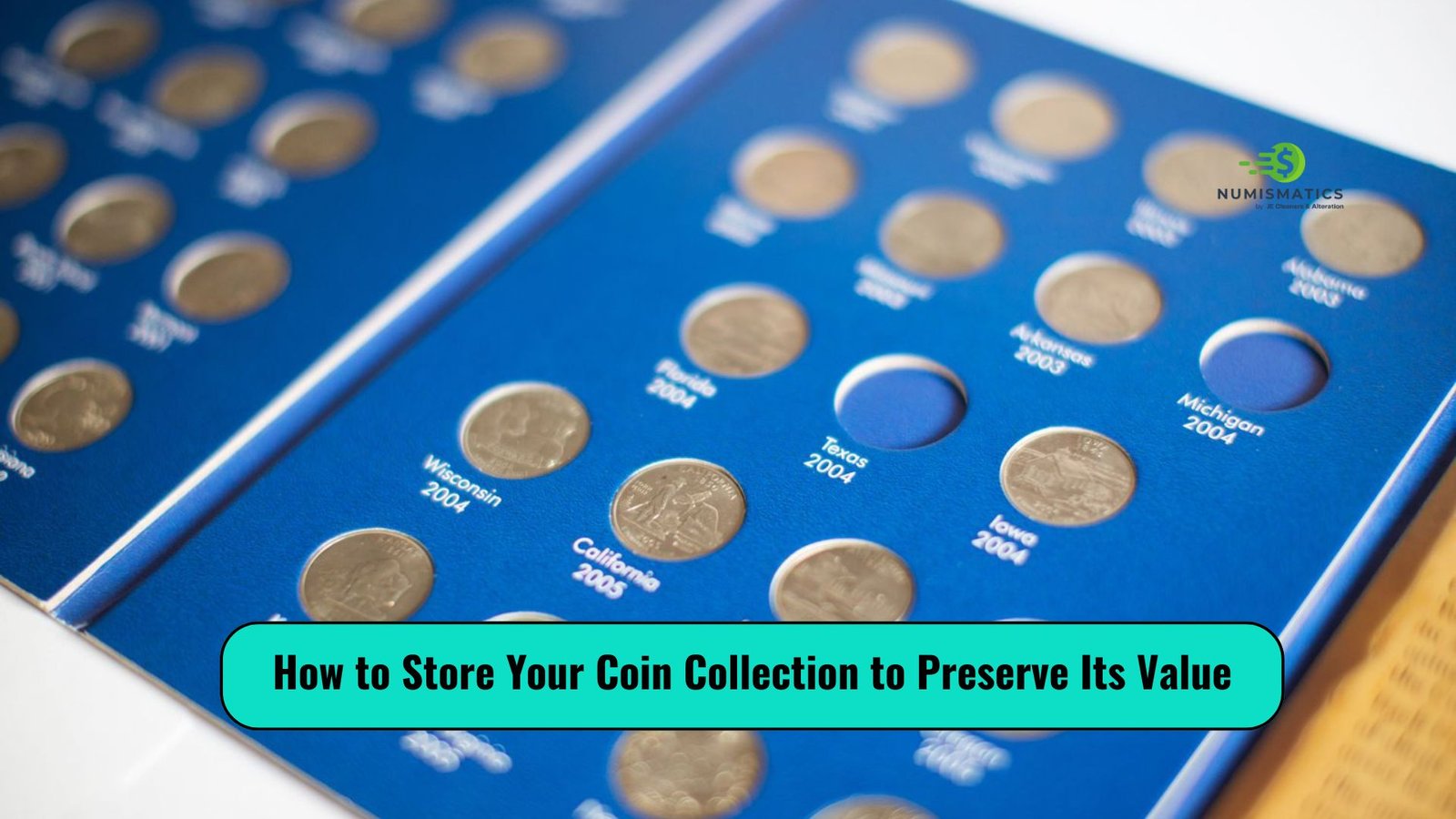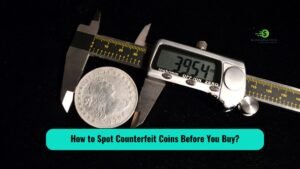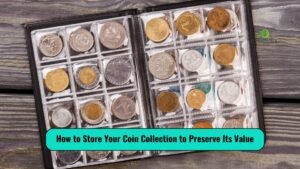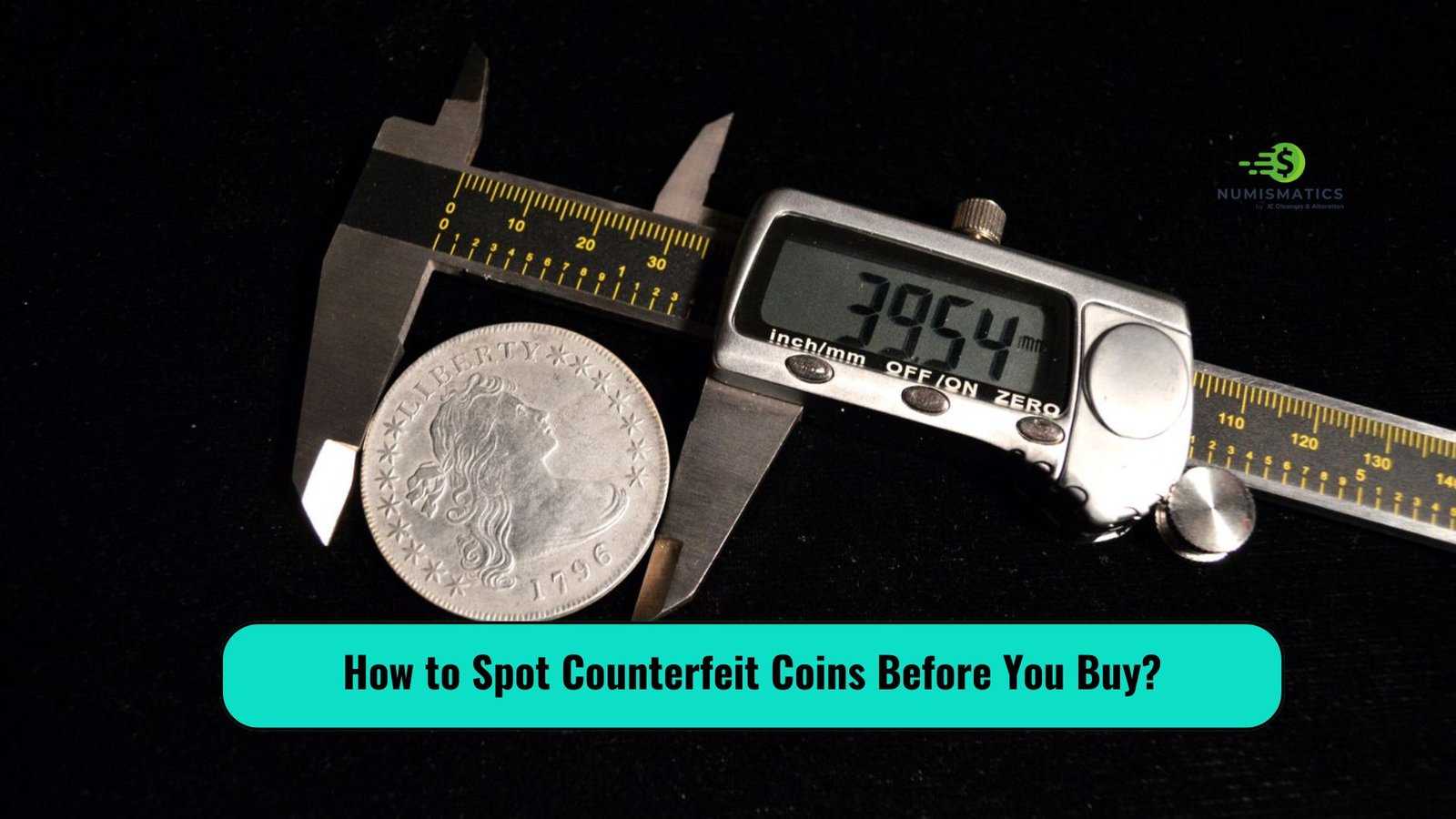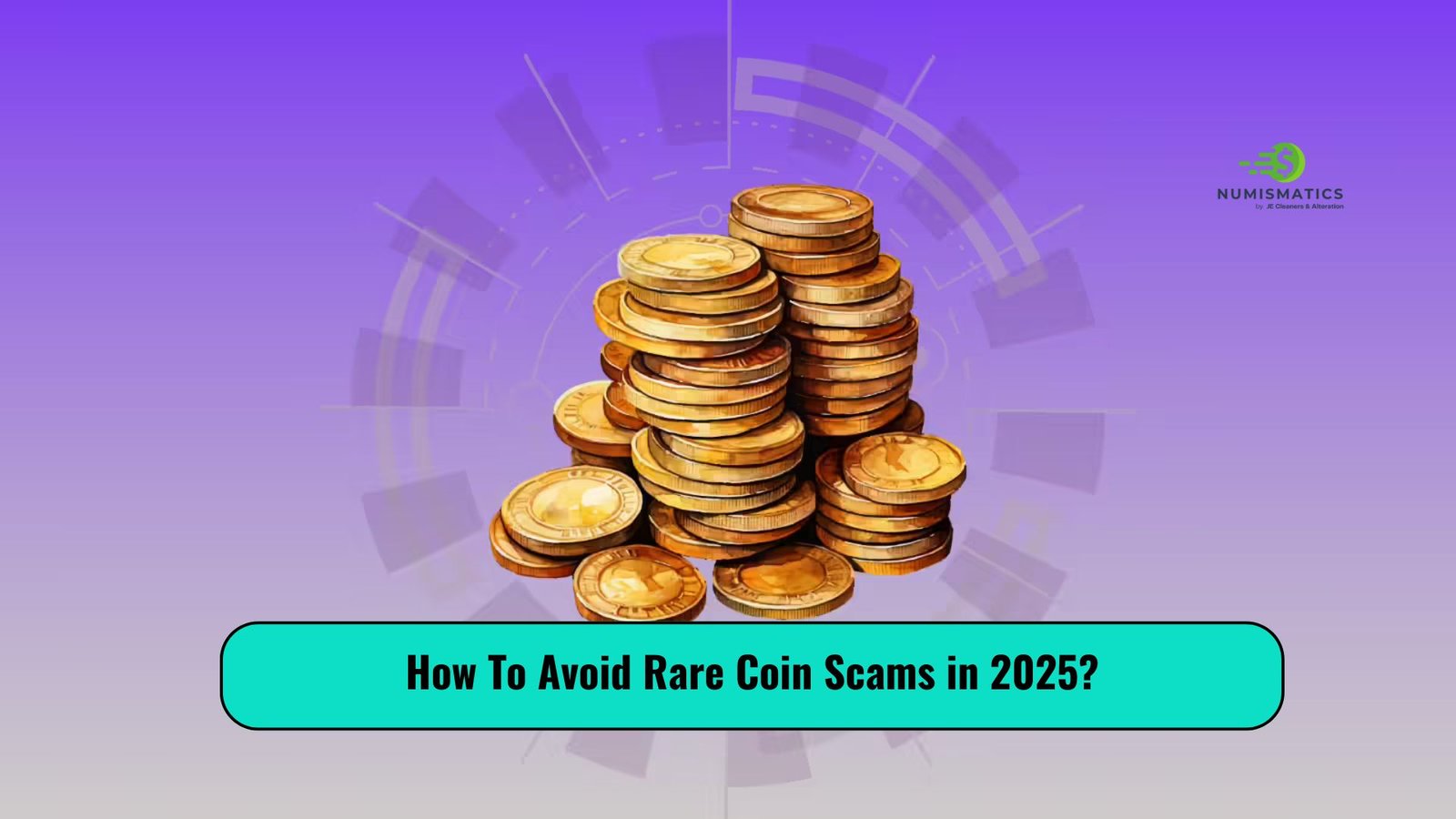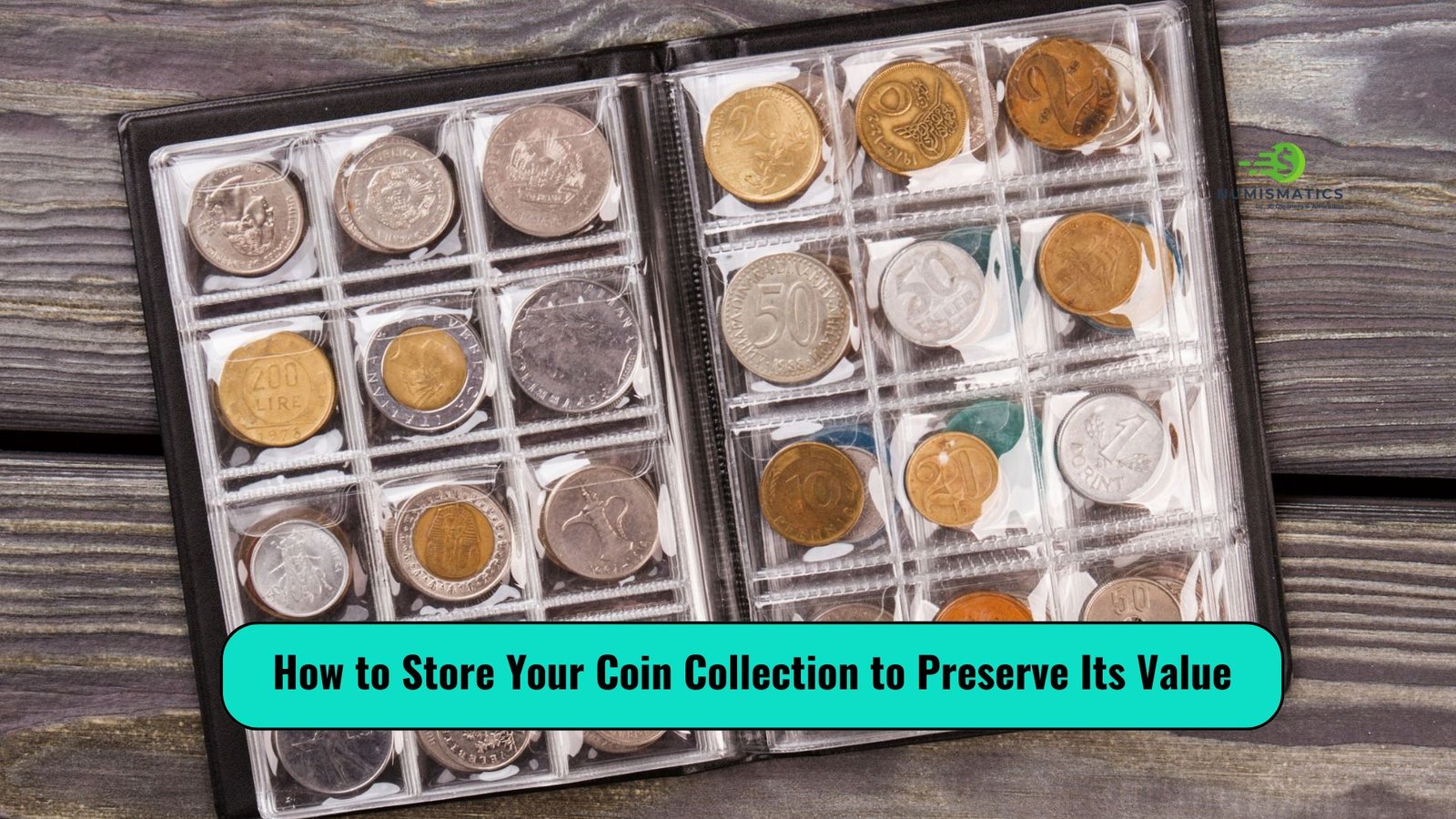As a numismatist with over 20 years of experience, I’ve spent countless hours poring over coin collections, attending auctions, and sharing tips with fellow enthusiasts in both formal settings and casual forums. My journey began with a single worn buffalo nickel, sparking a lifelong passion for the historical, cultural, and artistic stories etched into each piece of currency. But let’s be real—building a coin collection can feel daunting, especially when you’re watching your wallet. The good news? You don’t need deep pockets to create a meaningful collection. By blending practical strategies with a love for the hobby, I’ll guide you through building a coin collection on a budget, combining the structured wisdom of a seasoned collector with the approachable, community-driven spirit of a forum post.
This 1500–2000-word guide will walk you through budget-friendly coin collecting with actionable steps, insider tips, and a touch of enthusiasm to fuel your journey. Whether you’re a beginner or looking to refine your approach, here’s how to build a collection that’s both affordable and rewarding.
Why Coin Collecting Doesn’t Have to Break the Bank
Coin collecting, or numismatics, is often misunderstood as an expensive hobby reserved for the wealthy. While rare coins like the 1804 Silver Dollar can fetch millions, there’s a vibrant world of affordable coins waiting to be explored. Over the years, I’ve learned that a tight budget forces creativity and discipline, leading to collections that are just as fulfilling as those built with unlimited funds. The key is to focus on strategy, patience, and knowledge—qualities that make coin collecting accessible to everyone.
This article will cover budget-friendly strategies, from sourcing coins to prioritizing purchases, all while avoiding common pitfalls. Let’s dive into the practical steps to start or grow your coin collection without breaking the bank.
Step 1: Define Your Collecting Goals
Focus on a Theme
When I started collecting, I was overwhelmed by the sheer variety of coins—ancient, modern, U.S., world, commemorative, you name it. To stay budget-conscious, narrow your focus. Choose a theme that excites you, such as:
- U.S. Lincoln Cents (1909–present): Affordable and widely available, with varieties like wheat pennies.
- World Coins from a specific country or era: Think post-WWII European coins or modern African denominations.
- Error Coins: Mismeinted coins can be valuable and fun to hunt for at low cost.
- Commemorative Coins: Modern issues are often affordable and visually striking.
A focused theme keeps your spending in check and gives your collection a cohesive story. For example, my early collection centered on Jefferson Nickels because they were plentiful and inexpensive.
Set a Budget
Decide how much you can spend monthly—say, $20–$50. Stick to it religiously. I’ve seen collectors overspend on impulse buys, only to lose steam later. A budget acts like a roadmap, guiding you toward sustainable collecting.
Step 2: Source Affordable Coins
Check Your Pocket Change
One of my favorite tips for beginners is to start with pocket change. Every day, coins pass through your hands—some may be error coins, uncirculated gems, or older designs. I once found a 1969-S Lincoln Cent in change, a small thrill that cost me nothing. Sort through your change regularly, looking for:
- Worn but collectible coins (e.g., pre-1965 silver dimes or quarters).
- Low-mintage years (e.g., 1970 Kennedy Half Dollars).
- Unique designs like state quarters or commemorative issues.
Visit Local Coin Shops
Local coin shops are treasure troves for budget collectors. Owners often have “junk bins” Feast your eyes on this! A $1–$5 bin of circulated coins can yield hidden gems. Always negotiate politely—dealers might throw in a freebie for loyal customers. I’ve scored Mercury Dimes for under $2 this way.
Explore Online Marketplaces
Platforms like eBay, Etsy, and coin collecting forums offer deals on affordable coins. Set filters for low prices (e.g., $1–$10) and check seller ratings. I’ve bought entire rolls of Buffalo Nickels for $20 online, but always verify authenticity to avoid fakes.
Attend Coin Shows
Coin shows are goldmines for deals. Vendors often sell circulated coins or bulk lots at discounts, especially toward the end of the event. Bring cash and a magnifying glass to inspect coins on the spot.
Where to Find Affordable Coins
| Source | Pros | Cons | Tips |
|---|---|---|---|
| Pocket Change | Free, readily available | Limited to circulated coins | Check for errors or old dates |
| Coin Shops | Wide variety, expert advice | Prices vary by shop | Build relationships with owners |
| Online | Vast selection, competitive prices | Risk of fakes, shipping costs | Read reviews, check return policies |
| Coin Shows | Bulk deals, rare finds | Travel costs, overwhelming choices | Bring a budget and stick to it |
Step 3: Prioritize Quality Over Quantity
Focus on Circulated Coins
Uncirculated coins command premium prices, but circulated coins (graded VG-8 to VF-20) are often just as historically significant and far cheaper. For example, a VF-20 Indian Head Cent might cost $5–$10, while an MS-65 could run $100+. Look for coins with decent eye appeal—no major scratches or corrosion.
Avoid Overpaying for Grading
Professional grading by services like PCGS or NGC can cost $15–$50 per coin, which eats into a tight budget. As a rule, only grade coins worth $100 or more. I learned this the hard way after spending $30 to grade a $10 coin—a rookie mistake. Instead, learn to assess coin grades yourself using resources like the Sheldon Scale.
Buy in Bulk
Bulk lots (e.g., rolls or bags of coins) are often cheaper per coin. I’ve bought 50 Lincoln Wheat Cents for $15, averaging 30 cents each. Check for variety and condition before buying, as some lots include heavily worn coins.
Step 4: Protect Your Coin Collection
Storage on a Budget
Proper storage preserves your coins’ value. Avoid PVC-based flips, which can damage coins over time. Instead, use:
- 2×2 Cardboard Holders: About $0.10 each, safe for long-term storage.
- Coin Albums: $10–$20 for a quality album that displays your collection.
- Silica Gel Packets: Free with many products, these keep your storage area dry.
I store my coins in a locked box with silica packets, a habit formed after humidity damaged a few early finds.
Cleaning Caution
Never clean your coins—it can reduce their value by 50% or more. A shiny but scrubbed Morgan Dollar is worth less than a tarnished one in the same grade. Use a soft cloth to handle coins, and always hold them by the edges.
Step 5: Build Knowledge to Save Money
Learn to Grade Coins
Understanding the Sheldon Scale (1–70) saves you from overpaying for misgraded coins. Study online guides or books like A Guide Book of United States Coins (Red Book). Practice grading common coins like Lincoln Cents to hone your skills.
Research Market Values
Check recent sales on eBay or PCGS CoinFacts to know what a coin is worth. I once passed on a $50 Barber Dime that looked like a steal, only to realize it was graded F-12, worth half that. Knowledge is your best defense against overpriced coins.
Join Online Communities
Forums like Reddit’s r/coins or CoinTalk are free resources for advice. I’ve learned about low-mintage coins and error coins from community posts, saving me from costly mistakes. Engage actively—ask questions, share finds, and learn from others’ experiences.
Step 6: Avoid Common Budget Pitfalls
Don’t Chase Rare Coins
Rare coins like the 1916-D Mercury Dime are tempting but often out of reach. Focus on common coins with historical value, like Liberty Nickels or Standing Liberty Quarters, which can be found for $1–$5 in lower grades.
Beware of Counterfeits
Counterfeit coins are a risk, especially online. Learn to spot fakes by checking weight, diameter, and edge details. I carry a pocket scale to coin shows—it’s saved me from buying fake Morgan Dollars more than once.
Skip Impulse Buys
Stick to your budget and theme. Impulse purchases, like that shiny but overpriced commemorative coin, can derail your plans. Write down your goals and review them before buying.
FAQs
What’s the best coin to start collecting on a budget?
Lincoln Cents are ideal—cheap, plentiful, and rich in history. Start with wheat pennies (1909–1958), which can cost as little as $0.10 in circulated condition.
How do I know if a coin is worth grading?
Only grade coins valued at $100 or more. Use PCGS CoinFacts to estimate value. For budget collectors, self-grading with the Sheldon Scale is usually enough.
Where can I find affordable coins?
Check pocket change, local coin shops, online marketplaces, and coin shows. Bulk lots offer the best value, but inspect carefully.
Should I invest in coin collecting supplies?
Yes, but keep it simple. 2×2 holders and a coin album are enough for most budget collectors. Avoid expensive storage systems unless your collection grows significantly.
Conclusion
Building a coin collection on a budget is not only possible but deeply rewarding. With 20 years in numismatics, I’ve learned that the true value of a collection lies in the stories, history, and personal connection you build with each coin—not its price tag. By setting clear goals, sourcing affordable coins, prioritizing quality, protecting your collection, and staying informed, you can create a collection that rivals those of deep-pocketed collectors. Start small, stay disciplined, and let your passion guide you. Whether it’s a worn Lincoln Cent or a shiny world coin, every piece tells a story—and your budget can tell a great one.
